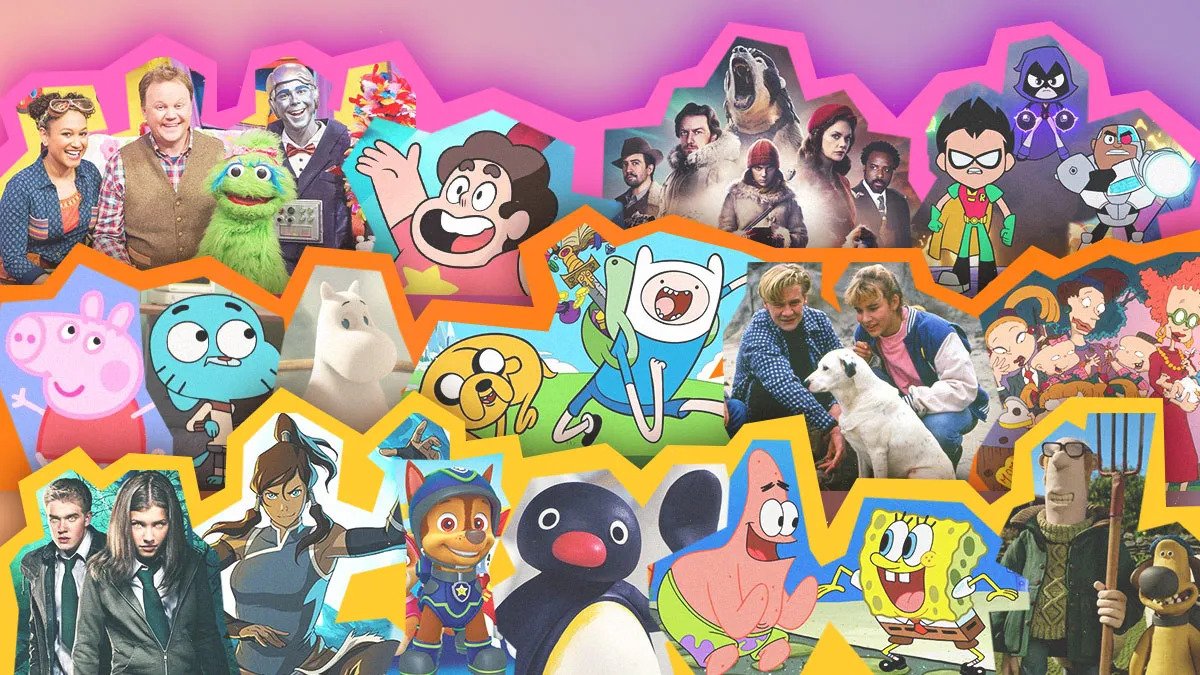Entertainment shows have undergone a remarkable evolution over the years, transitioning from the grandeur of theatrical releases to the intimacy of television adaptations. This journey, marked by innovation and technological advancements, has shaped the way audiences experience their favorite stories, blurring the lines between the big screen and the small screen atlaspro.
The theatrical realm has long been synonymous with larger-than-life storytelling. The silver screen offered a canvas for filmmakers to create visually stunning spectacles, drawing audiences into captivating narratives. Blockbuster hits became cultural phenomena, leaving an indelible mark on popular culture. From classic adaptations of literature to original creations, the magic of cinema enthralled audiences worldwide.
However, the landscape of entertainment began to shift with the advent of television. As television sets found their way into homes, a new avenue for storytelling emerged. Serialized narratives captivated viewers, allowing for longer and more intricate story arcs that could unfold over multiple episodes or seasons. The transition of entertainment shows from theaters to television brought stories closer to audiences, allowing for a more personal and immersive experience.
One of the most intriguing aspects of this evolution is the adaptation of theatrical releases into television series. This trend has gained momentum in recent years, with studios and streaming platforms revisiting beloved films and reimagining them for episodic formats. The transition from a two-hour movie to a multi-episode series provides creators with the opportunity to delve deeper into characters and explore narrative complexities that might have been constrained by the confines of a feature film.
Moreover, the proliferation of streaming services has revolutionized how audiences consume content. The on-demand nature of platforms like Netflix, Amazon Prime, and Disney+ has enabled viewers to binge-watch entire seasons at their own pace, further blurring the boundaries between traditional television and cinematic experiences.
The success of TV adaptations like “Fargo,” “The Mandalorian,” and “The Handmaid’s Tale” showcases the creative potential of this transition. These adaptations not only pay homage to the original source material but also breathe new life into familiar stories, attracting both existing fans and a new generation of audiences.
Technology has played a pivotal role in this transition. Advancements in special effects and production techniques have allowed television series to achieve cinematic quality, blurring the visual distinctions between the two mediums. High-definition visuals, intricate CGI, and elaborate set designs have elevated the production value of TV adaptations, creating immersive worlds on par with blockbuster films.
The journey of entertainment shows from theatrical releases to TV adaptations reflects a dynamic shift in storytelling. The lines between these mediums continue to blur as content creators explore innovative ways to engage audiences. Whether it’s revisiting classics or introducing new narratives, the evolution of entertainment shows highlights the ever-changing landscape of the entertainment industry.
As we move forward, this evolution is likely to persist, with creators pushing boundaries and exploring new formats to captivate audiences. The convergence of theatrical releases and TV adaptations marks an exciting era where storytelling knows no bounds, offering a diverse array of experiences for audiences to enjoy.
